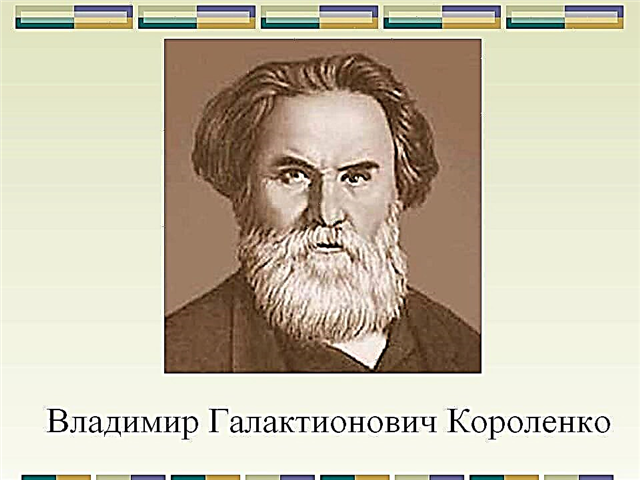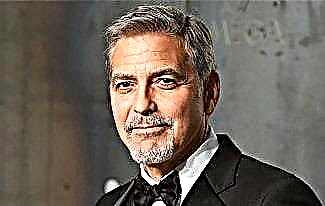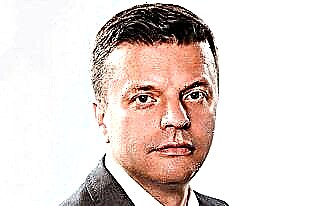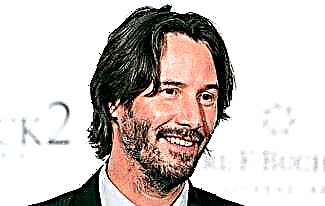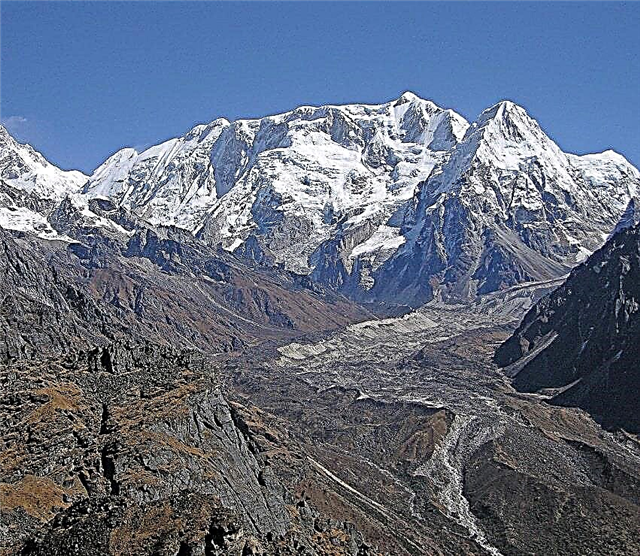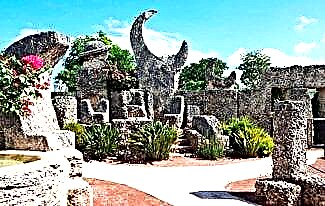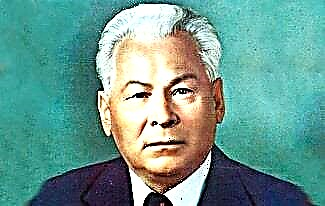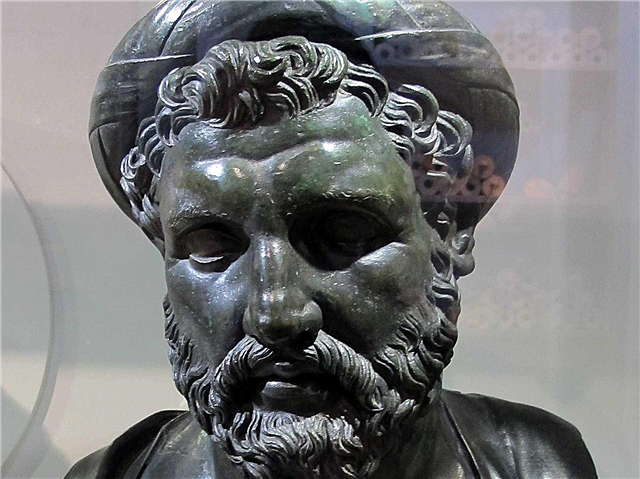What is France like? And does the Eiffel Tower mean a lot to the French? France is nothing without Paris, and Paris is nothing without the Eiffel Tower! As Paris is the heart of France, so the Eiffel Tower is the heart of Paris itself! Now it is strange to imagine, but there were times when they wanted to deprive this city of its heart.
The history of the creation of the Eiffel Tower
In 1886, France was in full swing preparations for the World Exhibition, where it was planned to show the whole world the technical achievements of the French Republic over the past 100 years after the capture of the Bastille (1789) and 10 years from the day of the proclamation of the Third Republic under the leadership of the President elected by the National meeting. There was an urgent need for a structure that could serve as an entrance arch to the exhibition and at the same time amaze with its originality. This arch should have remained in the memory of anyone, as something that personifies one of the symbols of the Great French Revolution - it was not for nothing that it had to stand on the square of the hated Bastille! It's nothing that the entrance arch was supposed to be demolished in 20-30 years, the main thing is to leave it in memory!
About 700 projects were considered: the best architects offered their services, among whom were not only the French, but the commission gave preference to the project of the bridge engineer Alexander Gustave Eiffel. There were rumors that he simply "slammed" this project from some ancient Arab architect, but no one was able to confirm this. The truth was revealed only half a century after the delicate 300-meter Eiffel Tower, so reminiscent of the famous French Chantilly lace, has already firmly entered the minds of people, as a symbol of Paris and France itself, perpetuating the name of its creator.
When the truth about the true creators of the Eiffel Tower project was revealed, it turned out to be not so terrible at all. No Arab architect existed, but there were two engineers, Maurice Kehlen and Emile Nugier, employees of the Eiffel, who developed this project on the basis of a new then scientific and technological architectural direction - biomimetics or bionics. The essence of this (Biomimetics - English) direction consists in borrowing its valuable ideas from nature and transferring these ideas into architecture in the form of design and construction solutions and using these information technologies in the construction of buildings and bridges.
Nature often uses perforated structures to build light and strong skeletons of their "wards". For example, for deep-sea fish or sea sponges, radiolarians (protozoa) and sea stars. Not only the variety of skeletal design solutions is striking, but also the "material savings" in their construction, as well as the maximum strength of structures that can withstand the gigantic hydrostatic pressure of a huge mass of water.

This principle of rationality was used by young French design engineers when creating a project for a new tower-arch for the entrance to the World Exhibition of France. The skeleton of a starfish served as the basis. And this magnificent building is an example of the use of the principles of the new science of biomimetics (bionics) in architecture.
The engineers working in collaboration with Gustave Eiffel did not submit their own project for two simple reasons:
- New construction schemes at that time would rather have scared off the commission members than attracted by their unusualness.
- The name of the bridge builder Alexander Gustov was known to France and enjoyed well-deserved respect, and the names of Nugier and Kehlen did not "weigh" anything. And the name of Eiffel could serve as the only key for the implementation of his bold plans.
So, the information that Alexander Gustov Eiffel used the project of an imaginary Arab or the project of his like-minded people "into the dark" turned out to be unnecessarily exaggerated.
We add that Eiffel not only took advantage of the project of his engineers, he personally made some amendments to the drawings, using his rich experience in bridge construction and special methods developed by him, which made it possible to strengthen the structure of the tower and give it a special airiness.
These special methods were based on the scientific discovery of the Swiss professor of anatomy Herman von Meyer, who, 40 years before the construction of the Eiffel Tower, documented an interesting discovery: the head of the human femur is covered with a fine network of tiny mini-bones that distribute the load on the bone in an amazing way. Due to this redistribution, the human femur does not break under the weight of the body and can withstand colossal loads, although it enters the joint at an angle. And this network has a strictly geometric structure.
In 1866, an engineer-architect from Switzerland, Karl Kuhlman, summed up the scientific technical base for the opening of the professor of anatomy, which Gustav Eiffel used in the construction of bridges - load distribution using curved supports. He later applied the same method for the construction of such a complex structure as a three-hundred-meter tower.
So, this tower is truly a miracle of thought and technology of the 19th century in every respect!
Who built the Eiffel Tower
So, at the very beginning of 1886, the municipality of Paris of the Third French Republic and Alexander Gustave Eiffel signed an agreement in which the following points were indicated:
- Within 2 years and 6 months, the Eiffel was obliged to erect an arch tower opposite the Jena bridge. The Seine on the Champ de Mars according to his own designs.
- Eiffel will provide the tower for personal use at the end of construction for a period of 25 years.
- To provide Eiffel with a cash subsidy for the construction of the tower from the city budget in the amount of 1.5 million francs in gold, which will amount to 25% of the total construction budget of 7.8 million francs.
For 2 years, 2 months and 5 days, 300 workers, as they say, "without absenteeism and days off", worked hard so that March 31, 1889 (less than 26 months after the start of construction) could the grand opening of the greatest building, which later became a symbol of new France, took place.
Such advanced construction was facilitated not only by extremely clear and clear drawings, but also by the use of the Ural iron. In the 18th and 19th centuries, all of Europe knew the word "Yekaterinburg" thanks to this metal. The construction of the tower did not use steel (carbon content no more than 2%), but a special iron alloy specially smelted in the Ural furnaces for the Iron Lady. The Iron Lady is another name for the entrance arch before it was called the Eiffel Tower.
However, iron alloys corrode easily, so the tower was painted bronze with a specially formulated paint that took 60 tons. Since then, every 7 years the Eiffel Tower has been treated and painted with the same "bronze" composition, and every 7 years 60 tons of paint have been spent on this. The tower frame itself weighs about 7.3 tons, while the total weight, including the concrete base, is 10 100 tons! The number of steps was also counted - 1 thousand 710 pcs.
Arch and garden design
The lower ground part is made in the form of a truncated pyramid with a side length of 129.2 m, with corners-columns extending upwards and forming, as planned, a high (57.63 m) arch. On this vaulted "ceiling" the first square platform was fortified, where the length of each side is almost 46 m. On this platform, like on an air board, several halls of a huge restaurant with huge show-windows were built, from where a magnificent view of all 4 sides of Paris opened. Even then, the view from the tower on the Seine embankment with the Pont de Jena bridge aroused utter admiration. But a dense green massif - a park on the Field of Mars, with an area of more than 21 hectares, did not exist then.
The idea to re-plan the former parade ground of the Royal Military School in a public park came to the mind of the architect and gardener Jean Camille Formiget only in 1908. It took 20 years to bring all these plans to life! Unlike the rigid framework of the blueprints, according to which the Eiffel Tower was erected, the plan of the park changed countless times.
The park, originally planned in a strict English style, has grown somewhat during its construction (24 hectares), and, having absorbed the spirit of free France, democratically "settled" between geometrically slender rows of tall strict trees and well-defined avenues, a lot of flowering shrubs and " village "reservoirs, in addition to the classic English fountains.
Interesting information about construction
The main stage of construction consisted not in the installation of "metal lace" itself, for which about 3 million steel rivets-ties were used, but in the guaranteed stability of the base and compliance with the absolutely ideal horizontal level of the building on a square of 1.6 hectares. It took only 8 months "with a tail" to fasten the openwork trunks of the tower and give it a rounded shape, and to lay a reliable foundation - a year and a half.
Judging by the description of the project, the foundation rests on a deepening of more than 5 meters below the level of the Seine channel, 100 stone blocks 10 m thick were laid in the foundation pit, and 16 mighty supports are already built into these blocks, which make up the backbone of 4 tower "legs" on which the Eiffel Tower stands. Additionally, a hydraulic device is installed in each "lady's" leg, which allows the "madam" to maintain balance and horizontal position. The lifting capacity of each device is 800 tons.

When installing the lower tier, an addition was introduced into the project - 4 elevators, which rise to the second platform. Later, another - the fifth elevator - began to function from the second to the third platform. The fifth elevator appeared after the tower was electrified at the beginning of the 20th century. Up to this point, all 4 elevators worked on hydraulic traction.
Interesting information about elevators
When the troops of Nazi Germany occupied France, the Germans were unable to hang their spider flag on the top of the tower - for some unknown reason, all the elevators were suddenly inoperative. And they were in this state for the next 4 years. The swastika was fixed only at the level of the second floor, where the steps reached. The French Resistance stated bitterly: "Hitler managed to conquer the country of France, but he never managed to hit her in the heart!"
What else is worth knowing about the tower?
We must honestly admit that the Eiffel Tower did not immediately become the “heart of Paris”. At the beginning of construction, and even after during the opening (March 31, 1889) the tower, illuminated by lights (10,000 gas lanterns with the colors of the French flag), and a pair of powerful mirror spotlights, which made it noble and monumental, there were many people rejecting the unusual beauty of the Eiffel Tower.
In particular, such celebrities as Victor Hugo and Paul Marie Verlaine, Arthur Rimbaud and Guy de Maupassant even turned to the mayor's office of Paris with an angry demand to wipe from the face of the Paris land “the disgusting shadow of a hated building made of iron and screws, which would stretch over the city, like a blot of ink, disfiguring the bright streets of Paris with its disgusting structure! "
An interesting fact: his own signature on this appeal, however, did not prevent Maupassant from being a frequent guest of the glass gallery restaurant on the second floor of the tower. Maupassant himself grumbled that this is the only place in the city from which one cannot see the "monster in the nuts" and "the skeleton of screws." But the great novelist was cunning, oh, the great novelist was cunning!
In fact, being a famous gourmet, Maupassant could not deny himself the pleasure of tasting oysters baked and chilled on ice, a delicate aromatic soft cheese with caraway seeds, steamed young asparagus with a thin slice of dried veal and not to wash down all this "excess" with a glass of light grape wine.
The cuisine of the Eiffel Tower restaurant to this day remains unsurpassedly rich in real French dishes, and the fact that the famous literary master dined there is a visiting card of the restaurant.
On the same second floor, there are tanks with machine oil for hydraulic machines. On the third floor, on a square platform, there was enough space for an astronomical and meteorological observatory. And the last tiny platform, just 1.4 m across, serves as a support for a lighthouse that shines from a height of 300 m.
The total height in meters of the Eiffel Tower at that time was about 312 m, and the light of the lighthouse was visible at a distance of 10 km. After replacing gas lamps with electric ones, the lighthouse began to "beat" as much as 70 km!
Whether or not this “lady” liked or disliked connoisseurs of fine French art, for Gustave Eiffel, her unexpected and daring form fully paid for all the efforts and expenses of the architect in less than a year. In just 6 months of the World Exhibition, the unusual brainchild of the bridge builder was visited by 2 million curious people, the flow of which did not dry up even after the closing of the exhibition complexes.
Later it turned out that all the miscalculations of Gustav and his engineers were more than justified: the tower weighing 8,600 tons, made of 12,000 scattered metal parts, not only did not budge when its pylons sank almost 1 m under the water during the 1910 flood. and in the same year it was found out in a practical way that it does not budge even with 12,000 people on its 3 floors.
- In 1910, after this flood, it would be sheer sacrilege to destroy the Eiffel Tower, which has sheltered so many disadvantaged people. The term was extended first by 70 years, and then, after a full examination of the health of the Eiffel Tower, to 100.
- In 1921 the tower began to serve as a source of radio broadcasting, and from 1935 - also television broadcasting.
- In 1957, the already high tower was increased by a telemast by 12 m and its total "height" was 323 m 30 cm.
- For a long time, until 1931, France's "iron lace" was the tallest structure in the world, and only the construction of the Chrysler Building in New York broke this record.
- In 1986, the exterior lighting of this architectural wonder was replaced by a system that illuminates the tower from the inside, making the Eiffel Tower not only dazzling, but truly magical, especially on holidays and at night.

Every year the symbol of France, the heart of Paris receives 6 million visitors. Photos taken at its 3 viewing platforms are a good memory for any tourist. Even a photo next to her is already pride, it is not for nothing that there are small copies of it in many countries of the world.
The most interesting mini-tower of Gustav Eiffel, perhaps, is located in Belarus, in the village of Paris, Vitebsk region. This tower is only 30 meters high, but it is unique in that it is completely made of wooden planks.
We recommend taking a look at Big Ben.
There is also an Eiffel Tower in Russia. There are three of them:
- Irkutsk. Height - 13 m.
- Krasnoyarsk. Height - 16 m.
- The village of Paris, Chelyabinsk region. Height - 50 m. Belongs to a cellular operator and is a real working cell tower in the region.
But the best thing is to get a tourist visa, see Paris and ... No, don't die! And die with delight and photograph the views of Paris from the Eiffel Tower itself, fortunately, on a clear day, the city is visible for 140 km. From the Champs Elysees to the heart of Paris - a stone's throw - 25 min. on foot.
Information for tourists
Address - Champ de Mars, the territory of the former Bastille.
The opening hours of the "Iron Lady" are always the same: daily, from mid-June to the end of August, opening at 9:00, closing at 00:00. In winter, opening at 9:30, closing at 23:00.
Only a strike of 350 service personnel can prevent the Iron Lady from receiving the next guests, but this has never happened before!

